She had a stroke during a video call with her congressional representative
By Deborah Lynn Blumberg, American Heart Association News
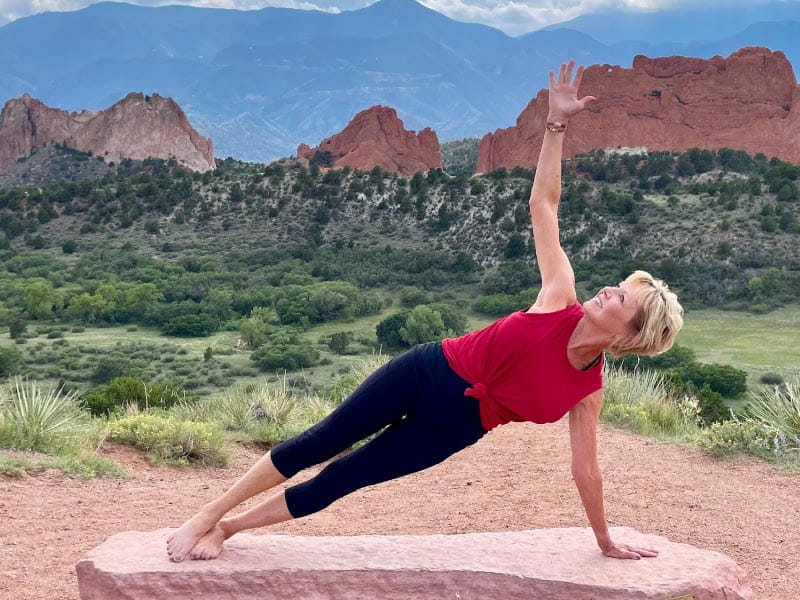
Getting ready for her annual meeting with members of Congress to seek more funding for Alzheimer's disease research, Ann Walters Tillery needed strong Wi-Fi for the video meeting.
She had been working from home earlier that day but decided to go into the office at the University of Nebraska Foundation. In a quiet conference room, Walters Tillery set up her laptop and started to speak.
Since losing her mother to Alzheimer's in 2014, she's been a volunteer advocate for the Alzheimer's Impact Movement. She's comfortable with public speaking. Yet during her third meeting, and her final pitch, she noticed something was wrong.
Suddenly, her words started to slur. In her on-screen picture, she noticed the left side of her face was drooping.
"And then, just like that, my left arm went heavy," she said.
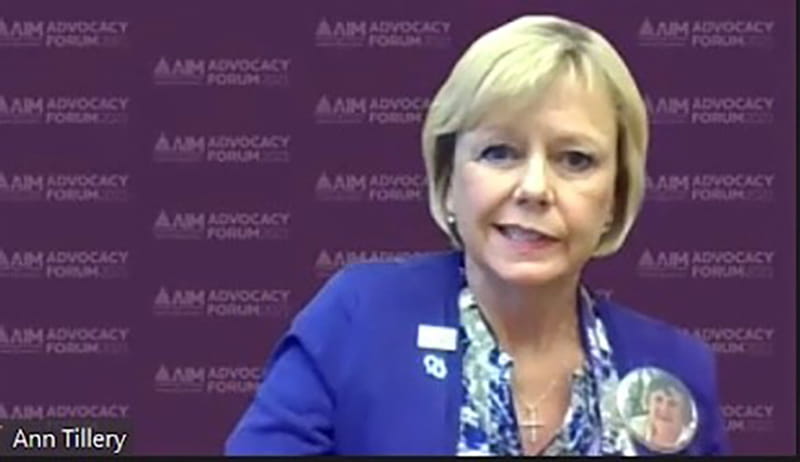
Walters Tillery, 61, was familiar with the acronym FAST, which teaches that if you see someone with facial drooping, arm weakness or speech difficulties, it's time to call 911. She was now witnessing her own stroke and knew that time equals brain tissue.
The video call ended and Walters Tillery grabbed her cellphone and stood up, but fell to the floor as her entire left side was already paralyzed. Only five minutes had passed since recognizing the first signs of stroke. Luckily, she had her phone in her hand and called 911. Realizing her heart was racing, she tapped into her 12 years of yoga practice and started deep, yogic breathing to calm her body.
Paramedics arrived and got Walters Tillery to the hospital within 25 minutes of the onset of symptoms. A CT scan showed she'd had a hemorrhagic stroke – a brain bleed – in her basal ganglia, a part of the brain that controls movement, procedural learning and executive functions. This kind of stroke can be caused by uncontrolled high blood pressure, and her readings were extremely elevated.
Doctors gave her medicine to bring her high blood pressure down, then Walters Tillery tried to figure out what caused the spike. She suspected her interrupted lifestyle during the pandemic negatively contributed.
"The quality and length of my sleep had drastically been affected," she said. "My meals included more processed foods than my typical Mediterranean-focused diet. My exercise routine was off. And, I never worried about my blood pressure, but should have."
Walters Tillery's daughter Heather Wolf drove four hours from Kansas City, Kansas, to be by her mother's side, as did daughter Kristen Dawson from two hours away in Kearney, Nebraska.
"She was awake and scared when I saw her, but in relatively decent spirits for what she had just gone through," Wolf said.
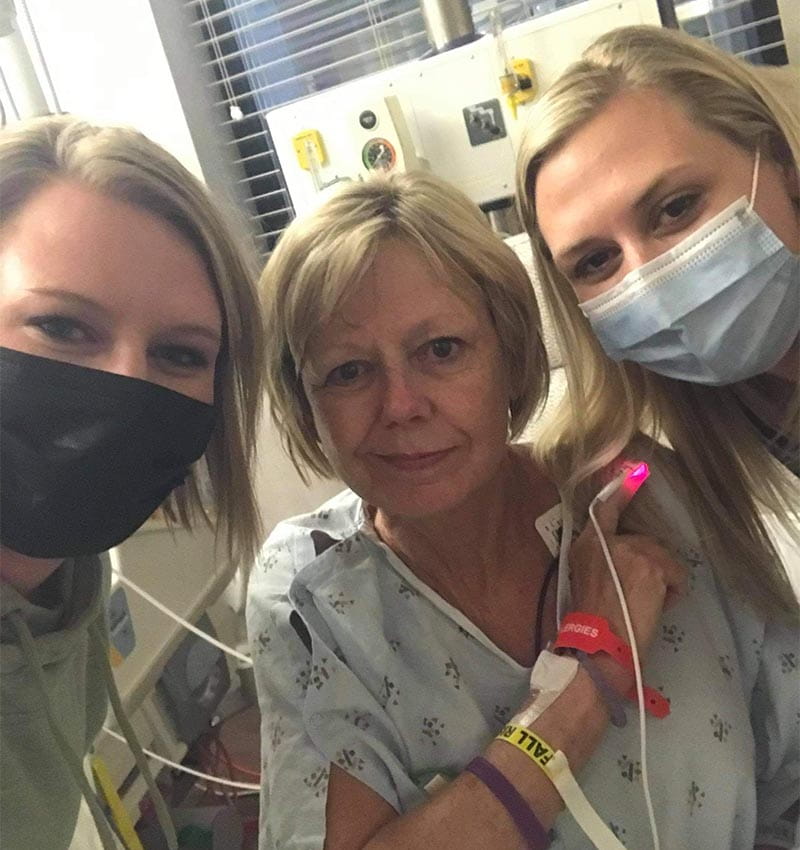
After two days in intensive care, Walters Tillery transitioned to acute inpatient stroke rehabilitation. She spent 13 days focused on regaining strength and coordination and learning how to stand, bathe and dress herself. Ten days after her stroke, she walked on her own. When she was strong enough to return home, she continued outpatient occupational, physical and speech therapy, working on strength, endurance, fine motor skills of her left hand and fingers, and executive functioning skills of the brain.
"You want to work?" an occupational therapist asked her at the beginning of her recovery.
"Throw it at me," she responded. "I want to be pushed with as many therapy sessions as it takes to get me back on my feet and to regain use of my left arm, hand and fingers."
Her first goal was to attend the Cattlemen's Ball in her hometown of Columbus, Nebraska, two weeks after starting therapy. She practiced walking on uneven surfaces that mimicked farmland.
"And by the grace of God, they got me to the ball," she said.
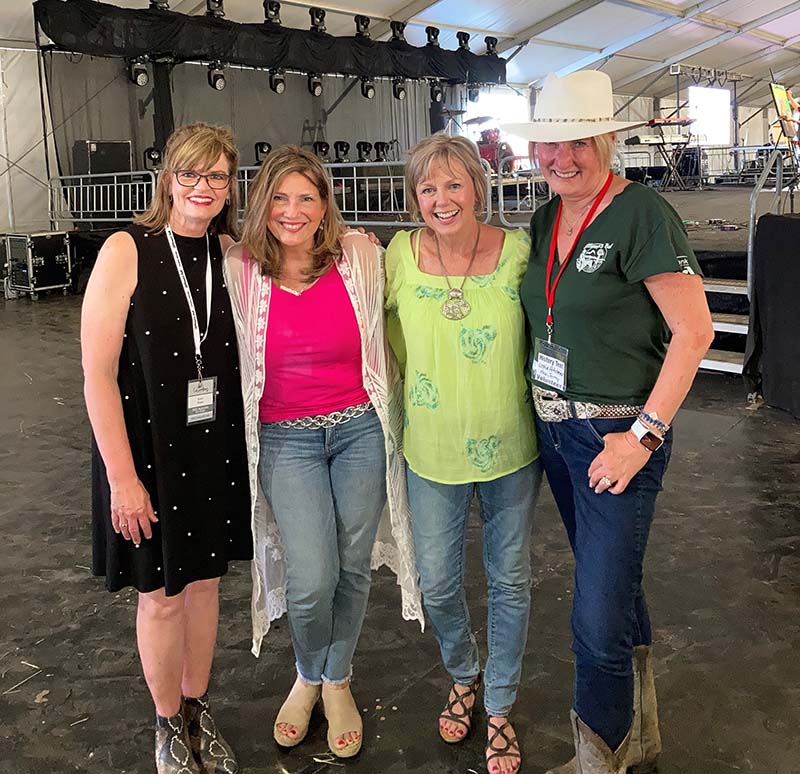
Her three-month goal was to meet her lifelong girlfriends in Estes Park, Colorado, to hike and paddleboard.
"They got me there, too, and I had a wonderful time laughing and reconnecting with friends," she said.
At four months post-stroke, she went to Disney World with daughters Wolf and Dawson and their families. She walked more than 100,000 steps that week.
As great as the trip was, Walters Tillery also came away with a larger lesson.
That vacation was something they'd talked about doing "someday," but after experiencing a stroke, they made it happen.
"Replace the word 'someday' from your vocabulary, because tomorrow is not promised," she said.
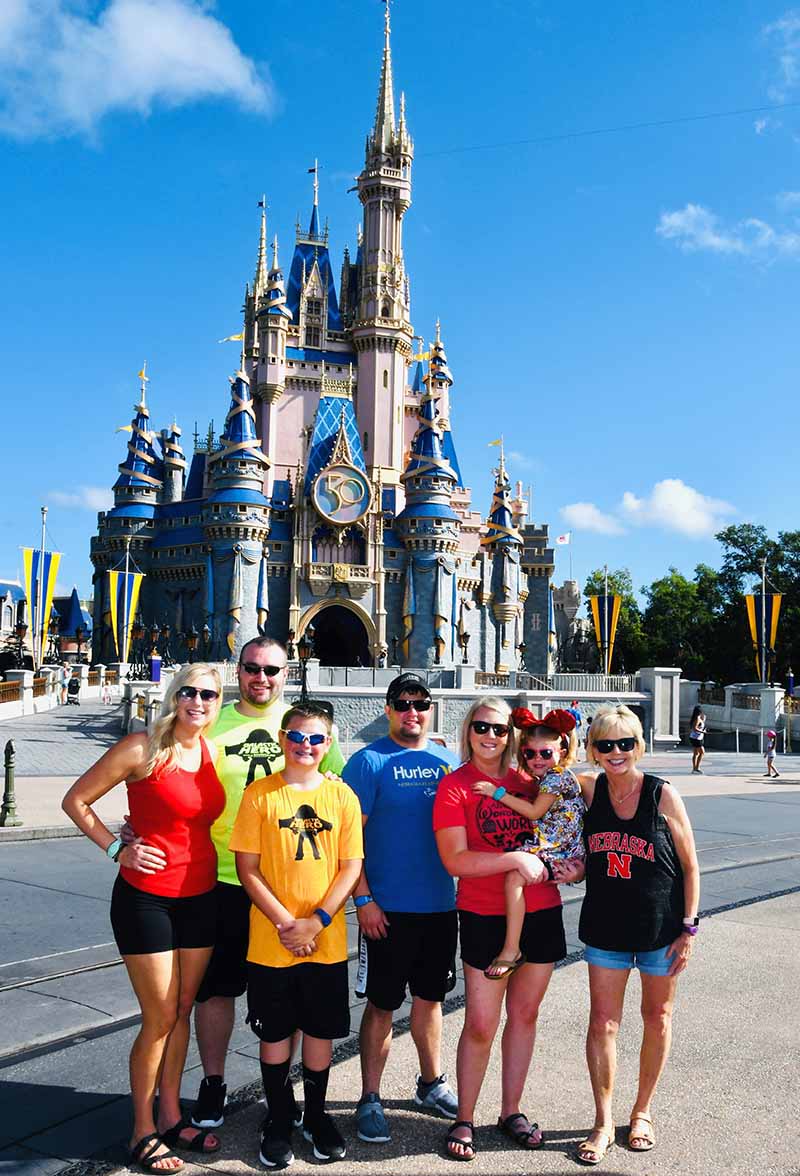
Walters Tillery believes her fast 911 call and active lifestyle were critical to recovery. At first, she worried she'd never regain the full use of her left hand. Now, 15 months later, she's doing yoga poses like chaturanga and side plank that require upper body strength. She also regularly monitors her blood pressure at home, in both arms as recommended.
Wolf said her mom's attitude was crucial. "She turned everything into a challenge," she said. And when a therapist gave her optional "homework" at night, she did it.
Walters Tillery urges everyone to learn how to spot a stroke through the acronym FAST, especially since it's hard to tell if someone is in distress during a virtual meeting. And if you're alone, she said, always have your phone on you so you can call 911 if you're in trouble.
"In our new norm of virtual environments, you need to be prepared in case of a medical emergency," she said. "Learn how to spot a stroke. The life you save may be your own."
Stories From the Heart chronicles the inspiring journeys of heart disease and stroke survivors, caregivers and advocates.
If you have questions or comments about this American Heart Association News story, please email [email protected].





